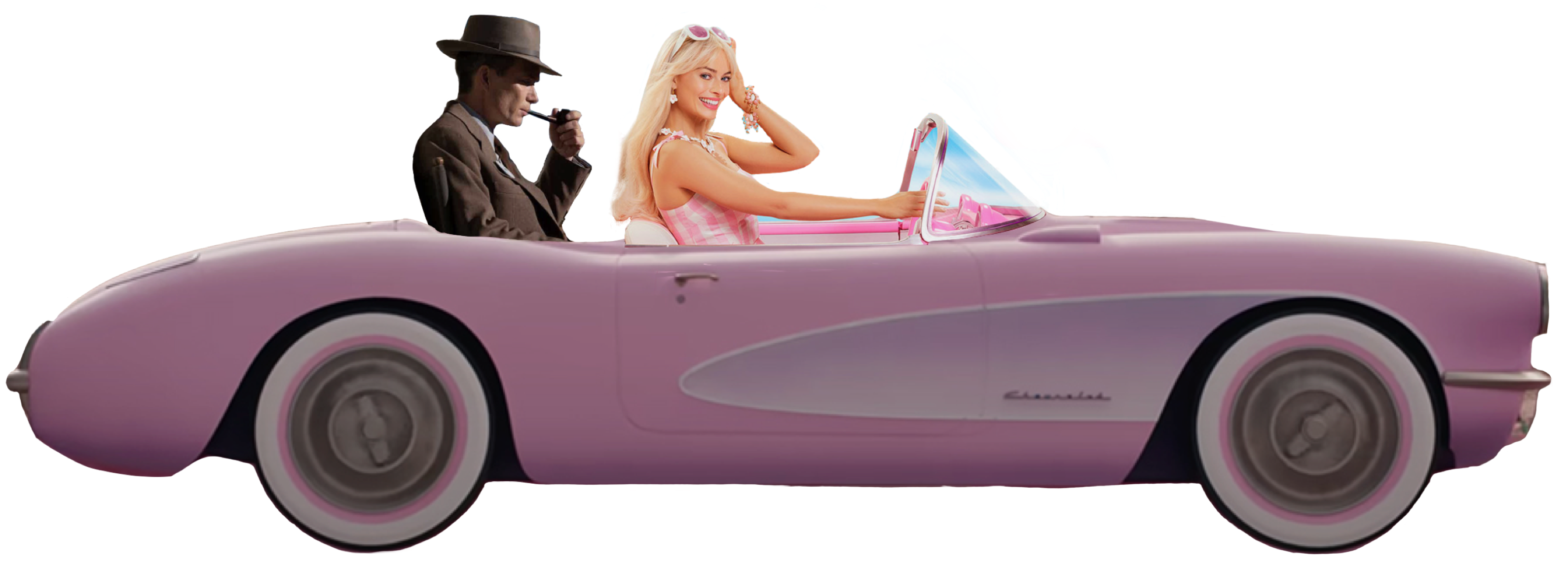Character Analysis
Using the MBTI personalities to assess Barbenheimer
We’ve spent quite some type looking at the movie genres and the general sentiment analysis. Now we come to the heroes and anti-heroes of the stories. They form the foundation for the course of the story. We root for them, whereby a wide range of emotions are triggered: we laugh, shriek, giggle, cry or even hide behind a pillow if we feel like we can’t watch what comes next. The captivating story conveyed by the characters makes us curious to see what will happen next, whether they will manage to overcome the big hurdle before time runs out, or whether there will be a happy ending and the long-awaited kiss after all.
Hop in the car with Barbie and Oppenheimer to explore the world of MBTI character types in both movies and the real world. Don't worry: In this case to leave Barbieland you will not have to ride a bike, take a boat follwed by a rocket to outer space and a camper and snowmobile AND then go skating in order to get to the real world. Relax and enjoy the simplicity of scrolling.
What is MBTI?
The added data contains the Myers–Briggs Type Indicator (MBTI) for the characters in the original data set. The MBTI is the result of a test that analyzes psychological preferences such as decision-making and how the observed individual perceives the world. The character types were based on Carl Jung's Psychological Types. Here are some key element of the MBTI character types:
E vs. I → Extroverted vs. Introverted
S vs. N → Sensing vs. Intuitive
T vs. F → Thinking vs. Feeling
J vs. P → Judging vs. Percieving
If you want to learn more about the the character types visit our More Info page.
The personality type can be categorized by taking and evaluating a questionnaire. Try it yourself! You might be happy (or confused), to see which character best describes you… But before, come on this short journey to learn some more about the different character types in movies, how trends changed over time, and how Barbenheimer compares.
Research Questions
These were the following questions identified that we aimed to discuss in this section:
- Which characters have grossed the highest?
- How does the prevalence of characters in movies compare to that of society?
- What character personality is most prominent in movies?
Barbie
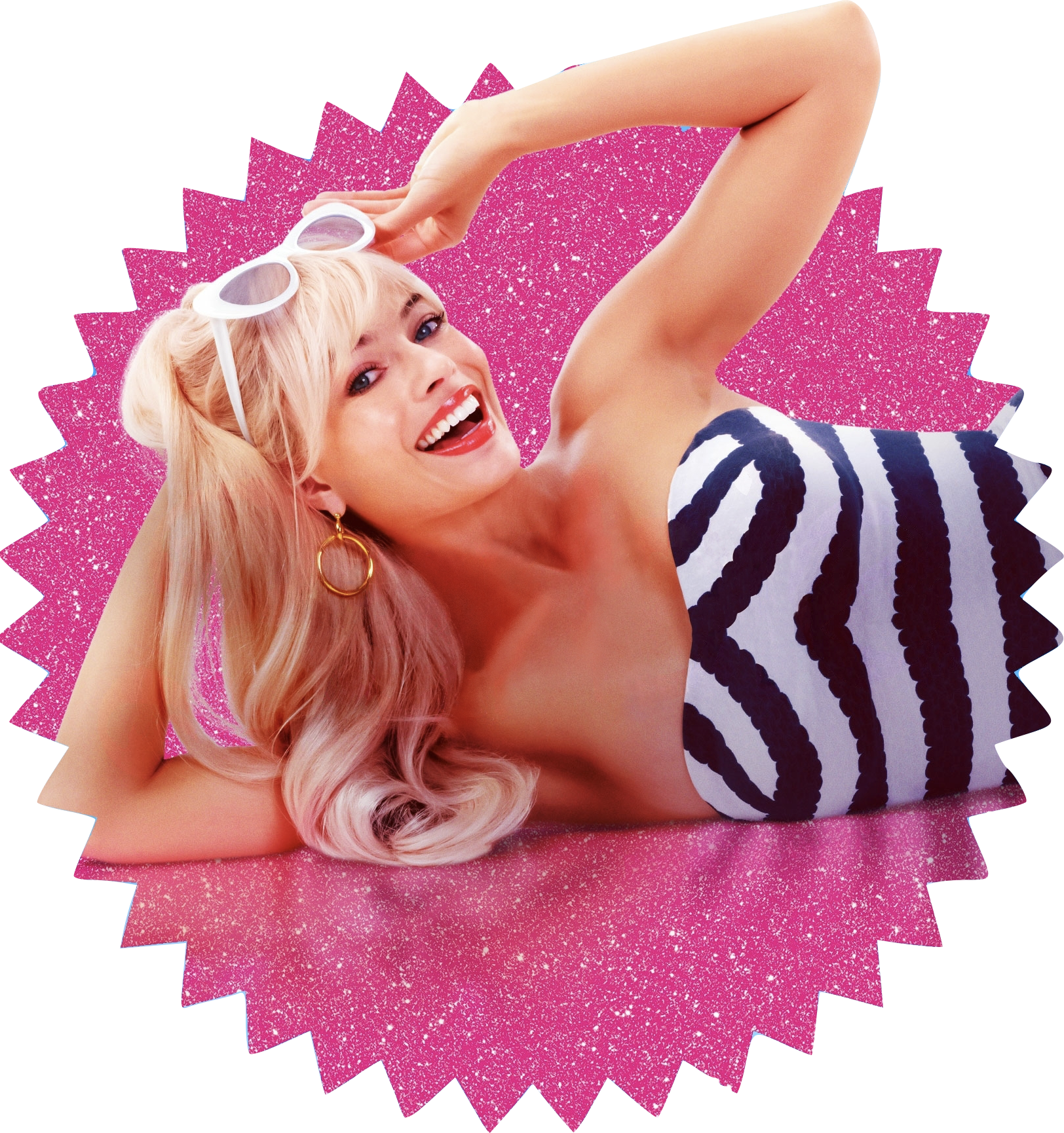 Barbie is very happy, outgoing, supportive and overall spreads a lot of positive energy. She holds her community together, hosts many social events and thereby demonstrated good manners and hospitatily.
Throughout the movie we can see some character development where also other apects of the ESFJ character type get to shine: Barbie builds a lasting relationship to the two humans she gets in contact with – which is also why she has the doubts in the fist place, as she had a listening ear for her owner in the real world. Even after all these years she way loyal to that owner and lent a helping hand to re-connect mother and daughter and spread some joy.
In full ESFJ character Barbie does not appreciate it when she gets accused of being uncool and her help unwanted in the real world. In the end Barbie can find some fulfillment by joining the challenges of the real world and setting an example for reaching goals that (especially young girls) set their mind to and bringing people together in the process.
Barbie is very happy, outgoing, supportive and overall spreads a lot of positive energy. She holds her community together, hosts many social events and thereby demonstrated good manners and hospitatily.
Throughout the movie we can see some character development where also other apects of the ESFJ character type get to shine: Barbie builds a lasting relationship to the two humans she gets in contact with – which is also why she has the doubts in the fist place, as she had a listening ear for her owner in the real world. Even after all these years she way loyal to that owner and lent a helping hand to re-connect mother and daughter and spread some joy.
In full ESFJ character Barbie does not appreciate it when she gets accused of being uncool and her help unwanted in the real world. In the end Barbie can find some fulfillment by joining the challenges of the real world and setting an example for reaching goals that (especially young girls) set their mind to and bringing people together in the process.
Robert J. Oppenheimer
 If you have watched the movie you can probably fully agree on this statement for the Robert J. Oppenheimer character:
If you have watched the movie you can probably fully agree on this statement for the Robert J. Oppenheimer character:
“It can be lonely at the top. As one of the rarest personality types – and one of the most capable – Architects (INTJs) know this all too well. Rational and quick-witted, Architects pride themselves on their ability to think for themselves, not to mention their uncanny knack for seeing right through phoniness and hypocrisy. But because their minds are never at rest, Architects may struggle to find people who can keep up with their nonstop analysis of everything around them.” (source)
However, this is not exclusively a description for the Oppenheimer character but for the entire character type. …
The following plot shows how often the MBTI character types occur every year. The darker the color, the more frequently that character type can be observed in that year. The lighter colors (corresponding to fewer appearances of that character type in a given year) do not appear that often as many times as the MBTI character types share ranks frequently. The MBTI types on the x-axes are sorted so that the character type which occupies the first rank the most (ESTP) is at the very left of the plot, whereas the overall least common catcher type in movies occupies the rightmost column (ENFJ). The white spaces mean that there is no entry for that character type in the observed year in the data of this project. This plot easily lets us determine which character types occur often, and visually allows us to detect trending character types - or rather the lack thereof. Especially in the first few documented years, some character types are not represented at all, so the increase thereof could also be a result of just having more data available for the following years. However, if you look at more recent years, it becomes evident that the ranking of the character types remains roughly the same, indicating that there are no yearly trends that change concerning the MBTI character types. An interesting observation made is the predominant occurrences of the ESTP and the ESTJ personality types, the latter being Barbie’s character type. This can be an evidence of the popularity of the Barbie character amongst the audience.

Now that we have looked at the overall performance of the MBTI character types, we wonder: is the character type linked to a specific genre? A similar plot to the previous was created for the comparison between genres: the plot shows for each movie genre which type of character appears how often in percentage. Again, the x-axes are sorted so that the character type, which occupies the first rank the most (ESTP), is at the very left of the plot. The resulting ranking of the MBTI character types is similar to the one observed in the previous plot. Again, the darker the color, the more frequently a character type appeared in that genre. There is no huge difference in character appearance in the various investigated genres, except the documentary genre which relies strongly on the otherwise rather uncommon character type INFP. The Action and Thriller genres have quite similar distributions of character types: the two main ones being ESTP (the overall most common character type) and ISTP (placed sixth in the overall most frequent character types.
The Barbie movie genres are: Adventure, Animation, Comedy, Fantasy and Romantic Comedy. In the movies before 2012, for these genres (apart from the already mentioned rankings) the observed character types are most often ESTP and ESFP. The Oppenheimer genres are: Biography, Documentary, Drama, History, Mystery and Thriller. Though the general ranking applies to these genres as well, two other common character types can be distinguished from the plot, namely: ISTP and INFP.
So now let’s compare the rankings per character type and genre to the ranking per character type, for the Barbie and Oppenheimer movies. The data contains 16 characters from Barbie and 19 characters from Oppenheimer. It is interesting that both Barbie's (ESFJ) and Oppenhiemer's (INTJ) character types do not appear in the other's movie. Furthermore, they are both the only ones with their respective character type in their own movie. Is this to really bring our their personalities and make them pop? …
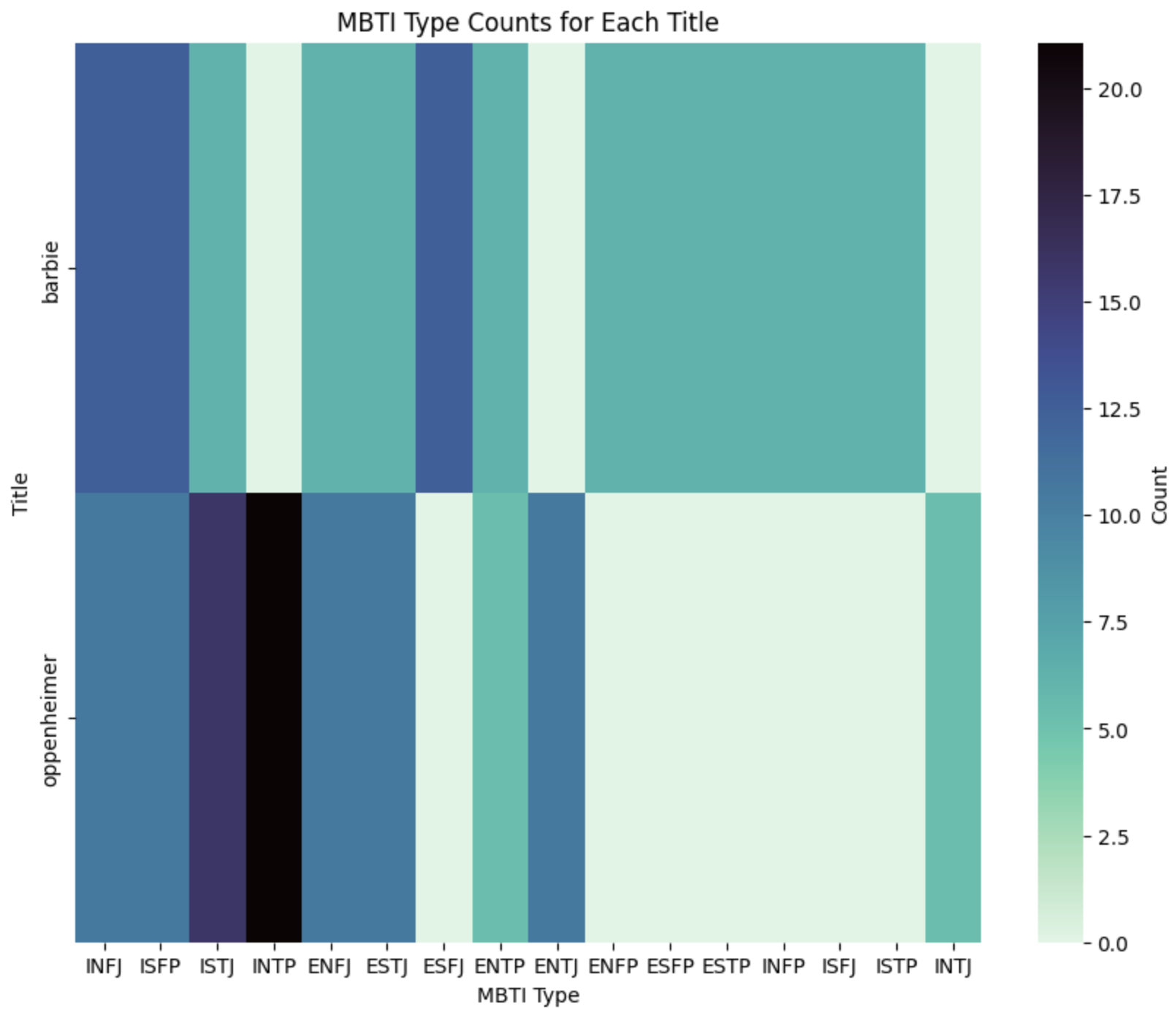
Another interesting discovery is that about one fifth of the presented characters in Oppenhiemer are of the type INTP ("A Logician (INTP) is someone with the Introverted, Intuitive, Thinking, and Prospecting personality traits. These flexible thinkers enjoy taking an unconventional approach to many aspects of life. They often seek out unlikely paths, mixing willingness to experiment with personal creativity." - source). This character type is not represented in Barbie.
Barbie and Oppenheimer have almost the same percentage of the following character types (ca. 10%):
- An Advocate (INFJ) is someone with the Introverted, Intuitive, Feeling, and Judging personality traits. They tend to approach life with deep thoughtfulness and imagination. Their inner vision, personal values, and a quiet, principled version of humanism guide them in all things. - source
- An Adventurer (ISFP) is a person with the Introverted, Observant, Feeling, and Prospecting personality traits. They tend to have open minds, approaching life, new experiences, and people with grounded warmth. Their ability to stay in the moment helps them uncover exciting potentials. - source
Another important character type in the Barbie movie is:
- A Consul (ESFJ) is a person with the Extraverted, Observant, Feeling, and Judging personality traits. They are attentive and people-focused, and they enjoy taking part in their social community. Their achievements are guided by decisive values, and they willingly offer guidance to others. - source
Quick Expedition to the real world...
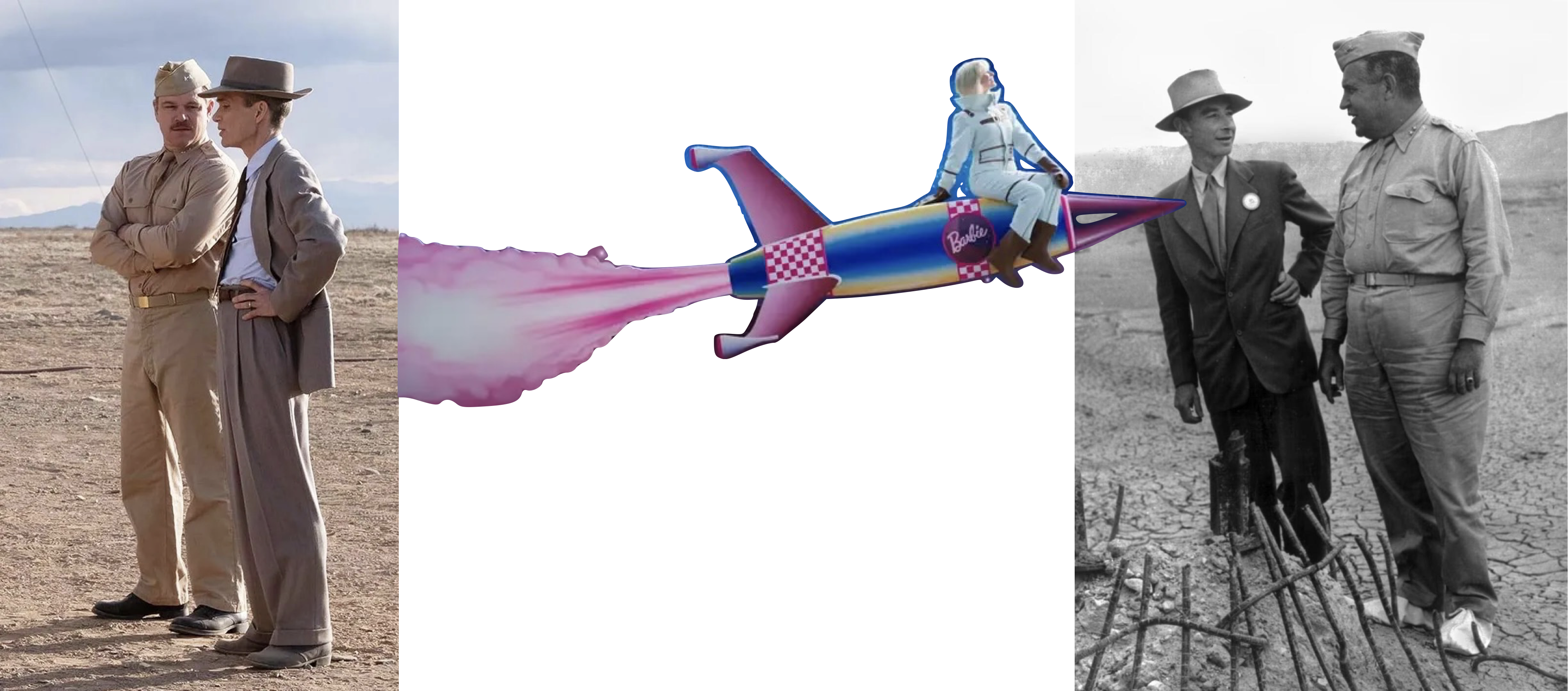
Now that we have learned a lot about the distribution and popularity of our beloved movie characters, we wonder how the MBTI character types are distributed in the real world. Let's take the United States of America as an example and look at what proportion of the population is attributed to which MBTI. Is the distribution in real life comparable to the ones we found in movies? Remember the ranking of the MBTI character types in movies over all time and all genres?
Here’s a recap:
ESTP → ESTJ → ISFJ → ISFP → ESFP → ISTJ → ISTP → INFP → ENTP → ESFJ → ENFP → INFJ → ENTJ → INTJ → INTP → ENFJA research paper has summarized the following distribution for MBTI types in the US american population:
ISFJ (13.8%) → ESFJ (12.3%) → ISTJ (11.6%) → INFP (8.8%) → ESFP (8.5%) → ESTJ (8.7%) → ENFP (8.1%) → ISTP (5.4%) → ESTP (4.3%) → ISFP (4.4%) → INTP (3.3%) → ENTP (3.2%) → INTJ (2.1%) → ENFJ (2.5%) → INFJ (1.5%) → ENTJ (1.8%)In the first six positions of the list four MBTI character types are matching (ISFJ, ESFP, ESTJ, ISTJ). However, on average the corresponding MBTI character types are 3.5 positions apart in the other list. This made us wonder: The movie's data collected the MBTI character types over a long period of time. If we were to look at the same year as the study looked at the MBTI character type distribution in the US, would the overlap of the two lists be larger?
So, naturally we print the ranking for that year (1985):
ISFJ → ESFJ → ISTJ → INFP → ESFP → ESTJ → ENFP → ISTP → ESTP → ISFP → INTP → ENTP → INTJ → ENFJ → INFJ → ENTJAnd can now see that this list has more positions in common: three out of sixteen MBTIs share the same rank (ISFJ, INTP, INFJ). Moreover, the corresponding MBTI character types are on average only 3 positions apart. So if the year of the study and the films match, the elements of the list are 0.5 positions closer than when compared to the overall ranking of the movie MBTI.
What if we would compare the MBTI character type distribution in the US to the ones found in various genres? We took a closer look into Barbies and Oppenheimer's genres and concluded that “Drama” has four MBTI ranks match the ones of the distribution in the US, and “Romantic Comedy” has the smallest average positions apart score (2.41). However, the initial ranking that we compared the MBTI distribution in the US to matched better on the first few MBTI types than what we could observe in the individual genres MBTI rankings.
Taking into account these list comparisons, we can conclude that there is some correlation between the frequency of MBTI character types in real life and movies. However, we can’t say anything about the causal impact and we have to keep in mind that the collected data on the movie character types is limited and larger filtering and comparison for various countries and cultures could bring valuable information when further looking into this matter (we’ll keep our causal analyses for later ;) ).
Switching It Up: Back to Movie-Land...

Side quest time! What would happen if we replaced the Barbie, Ken, and Robert J. Oppenheimer characters with the highest grossing character with the same MBTI? Would the story be coherent, would the character fit well into the plot? We’ll let you be the judge… Based on the revenue vs character MBTI plots for multiple genres, we present to you a few of the gems discovered.
Barbie could have been...

|

|

|
Ken, our favorite ESFP...
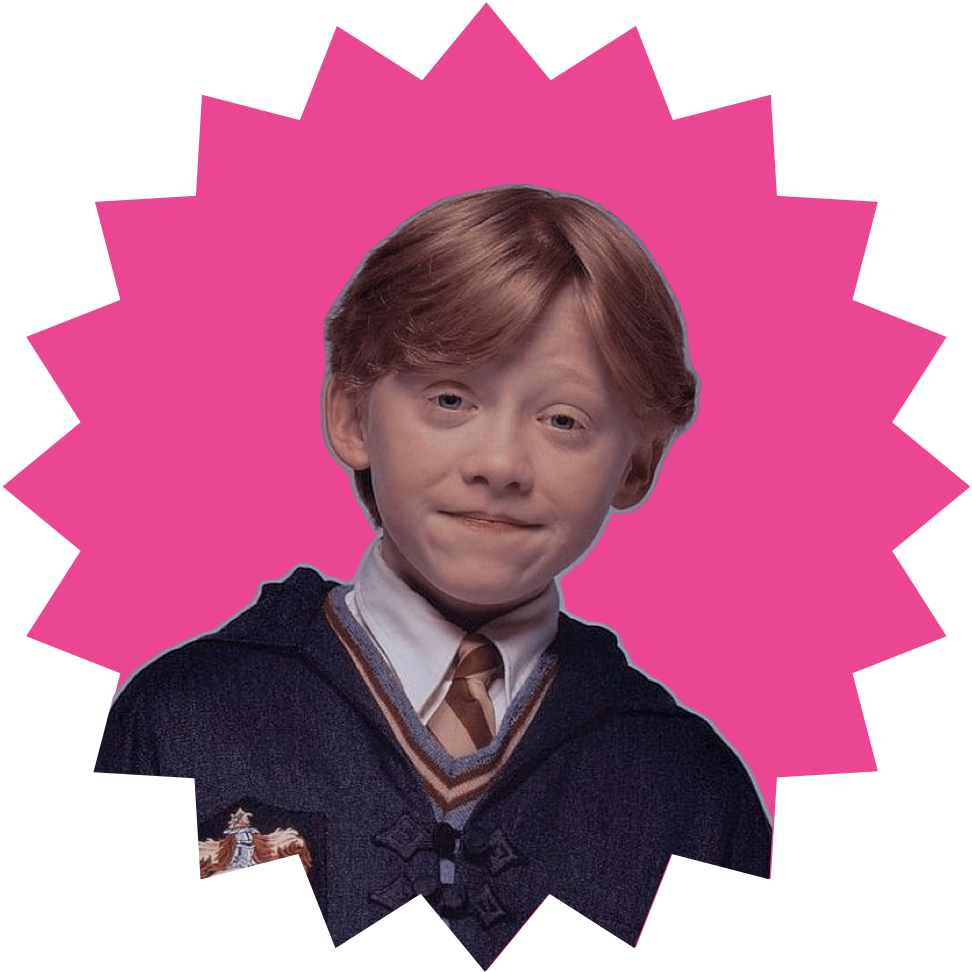
|
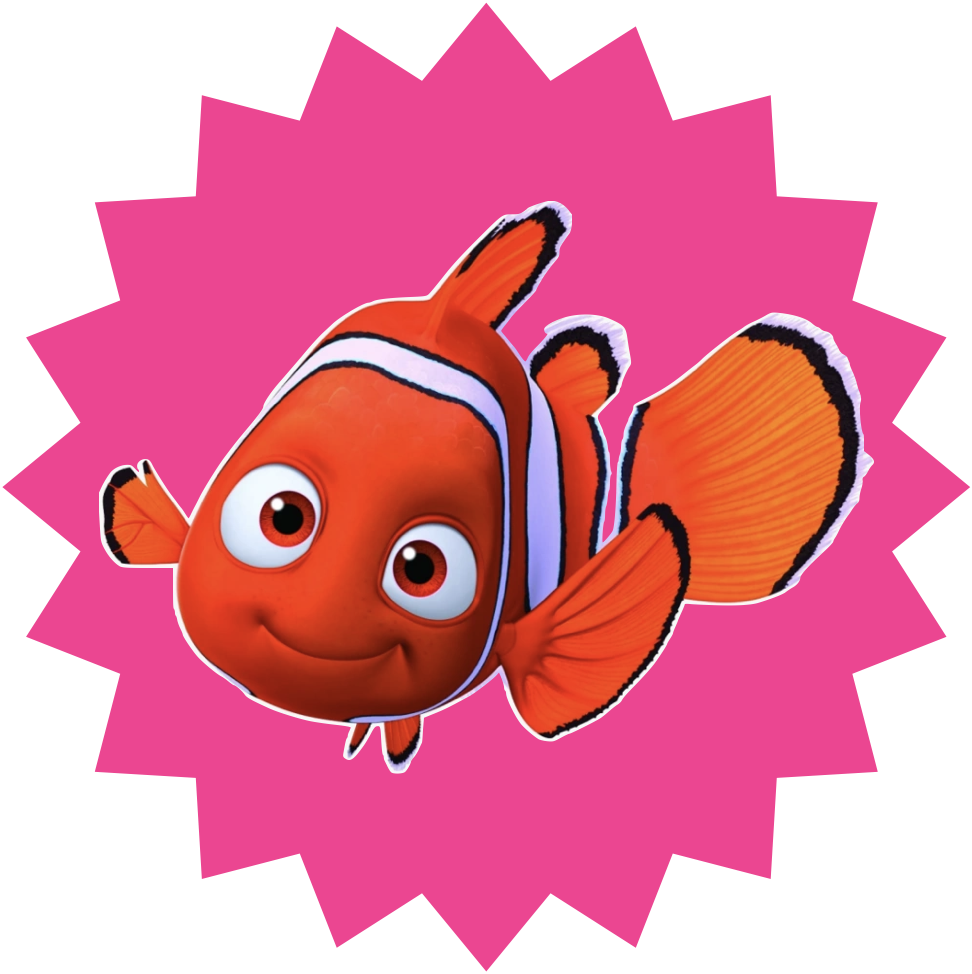
|

|
INTJ characters that could replace Oppenheimer...
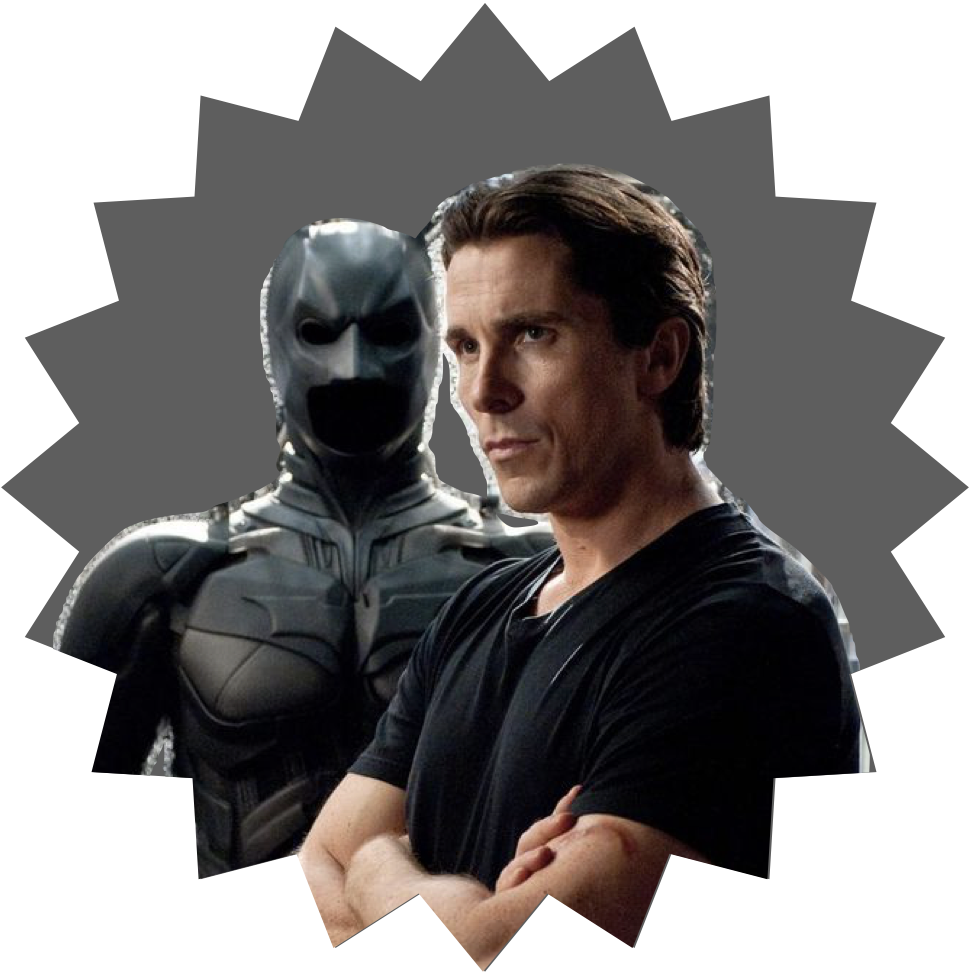
|

|

|

|

|
Causality Analysis
Now that we've explored a fusion of genre and character analysis, this next causality analysis will put the pieces of the puzzle together.
